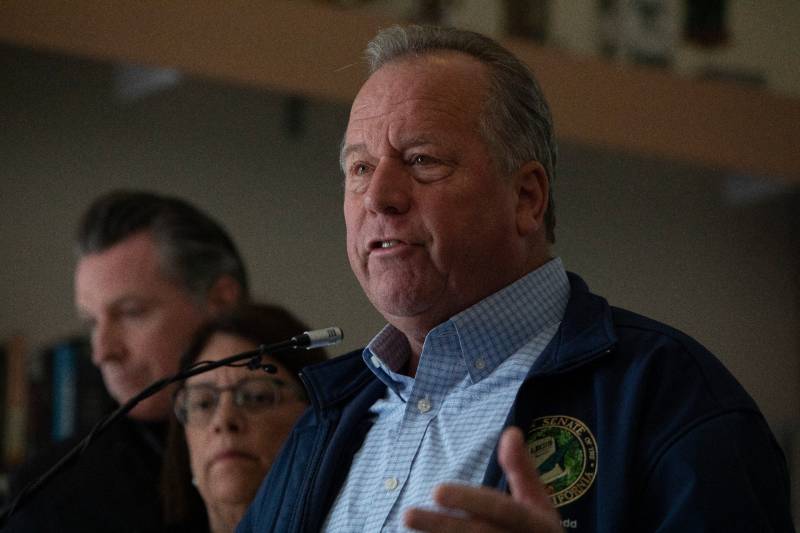As climate-fueled natural disasters and power shutoffs have eroded the school year in an unprecedented swath of California, a lawmaker in wildfire country is proposing making up the lost instructional time for the most severely impacted students by funding “disaster relief” summer schools.
Formally dubbed the “Disaster Relief Instructional Recovery Program,” Senate Bill 884 by Democratic Sen. Bill Dodd of Napa would give schools the funding to make up instructional days lost to fires, natural disasters and attendant blackouts.
School districts would not be required to participate in the program, and neither students or teachers would be required to participate in disaster relief summer school if their school district opts into the program. District and charter schools would be eligible to participate if they lost five or more instructional days to disasters in one school year or, cumulatively, “at least 10 instructional days in two out of three consecutive school years,” according to the bill’s text.
The legislation, introduced Thursday, follows reporting and data published last year by CalMatters that detailed the heavy toll that climate-driven fires –and the power shutoffs aimed at preventing them –have taken on students, teachers and public schools.
This school year alone, fires and utility power shutoffs forced emergency closures in more than 1,500 public schools across 34 counties that affected more than 800,000 kids, according to school-closure data gathered by CalMatters.
Though it isn’t required by state law, school districts can voluntarily budget emergency days into their academic calendars —a strategy the state Department of Education advised in the wake of this year’s widespread disruptions.

